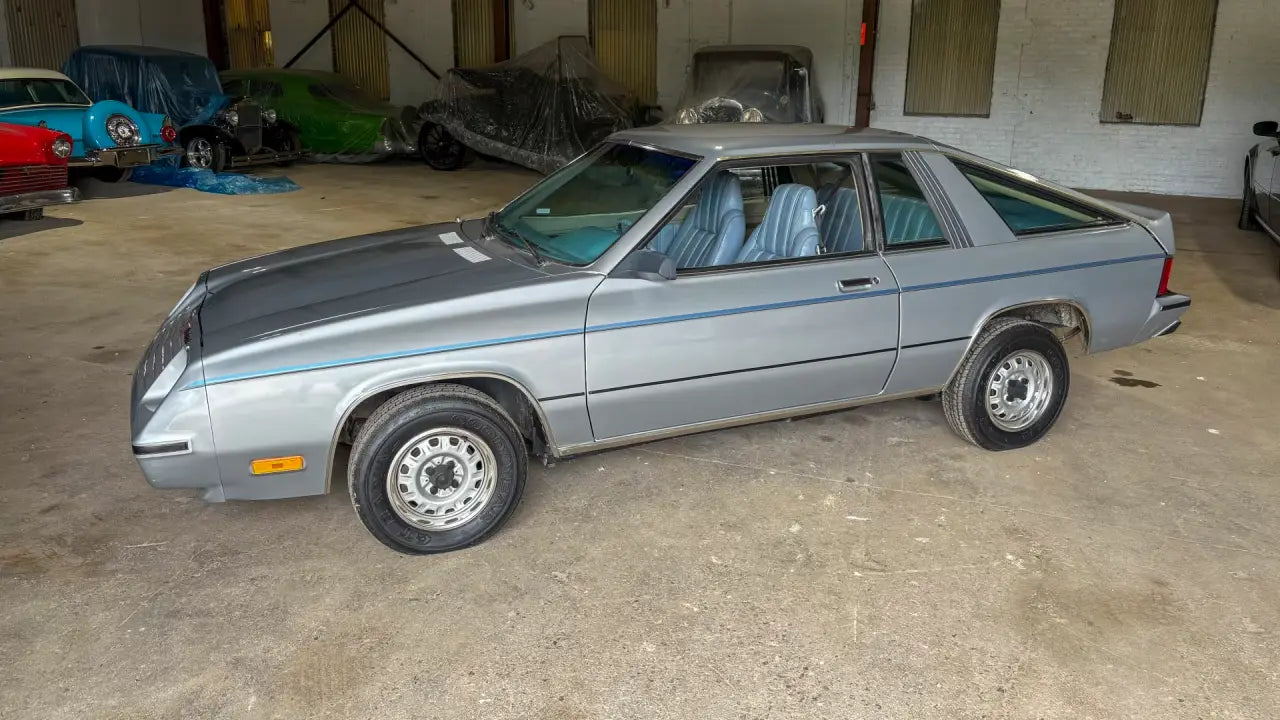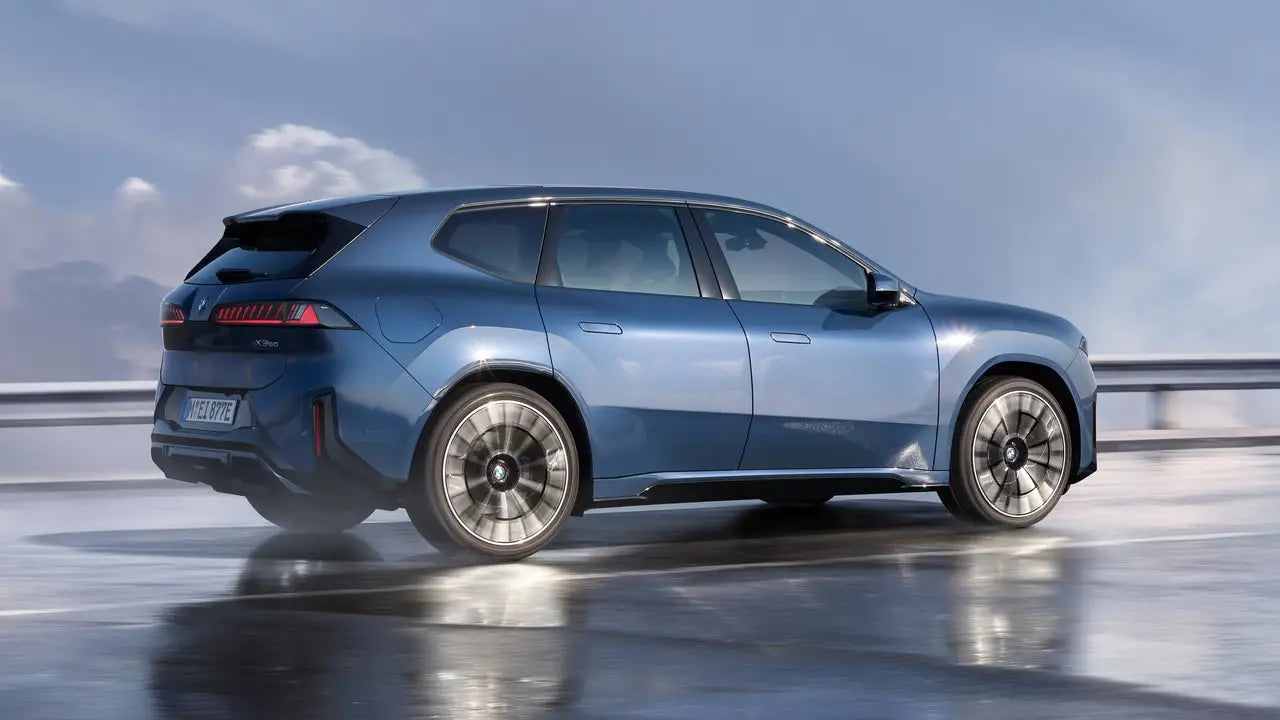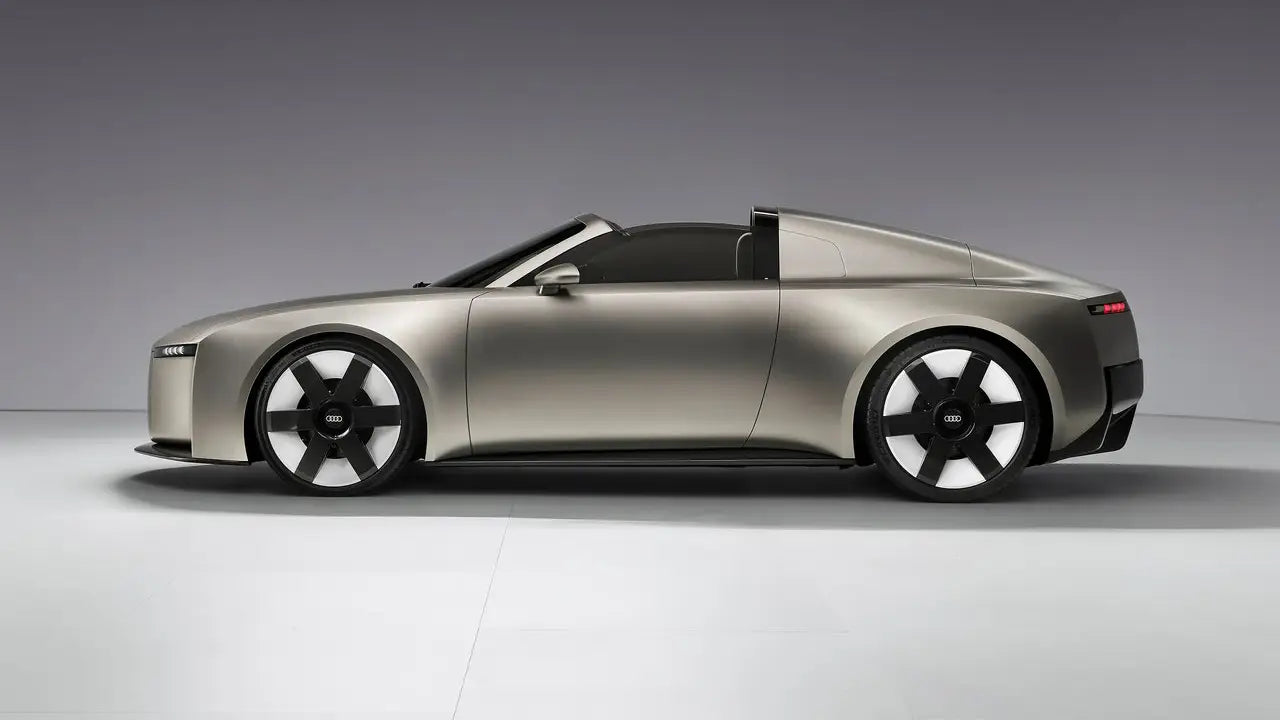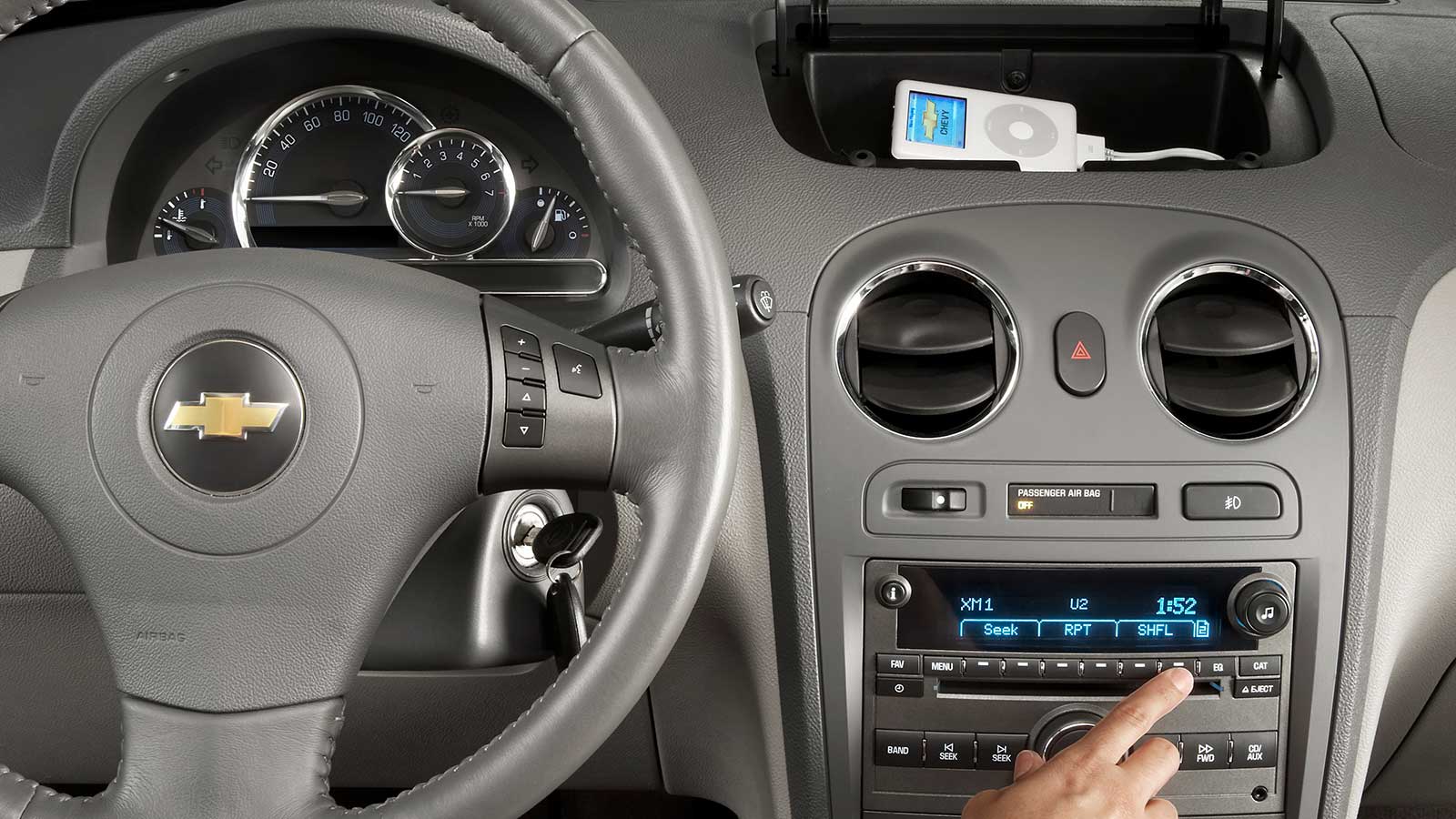Long before Tesla, Rivian, or Lucid captured the spotlight, a lesser-known company in Texas was discreetly exploring the realm of electric vehicles. In the late 1970s and early 1980s, Jet Industries released the Jet Electra 007, a conversion based on the Dodge Omni wagon that could run on electricity. The Electra 007 was a brave attempt to make a real alternative to gasoline, even though it was very basic by today's standards. This article delves into the history, specifications, and enduring legacy of this overlooked pioneer in electric mobility.
What Was the Jet Electra 007?
The Jet Electra 007 was a fully electric vehicle built by Jet Industries in Austin, Texas. Instead of designing a car from scratch, the company used the compact Dodge Omni 024 (and its Plymouth Horizon twin) as the donor chassis. The gasoline engine was swapped for a 23-horsepower DC motor, paired with a four-speed manual transmission.

To power it, the Electra 007 carried 15 lead-acid batteries, stored in the rear cargo area. With this setup, the car delivered an estimated range of 50–60 miles per charge and a top speed of about 65 mph.
Key Features of the Jet Electra 007
Unlike modern EVs with single-speed gearboxes, the Electra 007 retained a manual transmission. Drivers had to shift gears much like in a gasoline car, creating a strange blend of old and new technology. The fifteen six-volt batteries were bulky and heavy, which made them less useful and efficient. Still, they represented the best available technology of the time.

Range and Performance
-
Range: 50–60 miles (depending on driving style and battery health)
-
Top Speed: Around 65 mph
-
Acceleration: Extremely slow compared to gas cars, with just 23 hp moving a very heavy vehicle
On the inside of the Electra 007, there were special gauges for checking the battery level and the current draw. Since it didn't have an engine, it relied on an extra electric heater to keep the inside warm, which is another difference between it and regular cars.

Why the Jet Electra 007 Failed to Take Off
Despite its innovation, the Electra 007 was held back by the limitations of its era:
-
Primitive batteries: Lead-acid technology was heavy and inefficient.
-
Poor performance: Range anxiety and sluggish speed made it impractical.
-
High costs: Buyers weren’t ready to pay more for less capability.
-
Lack of charging infrastructure: With no charging network, it was confined to short city commutes.
Jet Industries reportedly converted around 1,400 vehicles before going out of business in the early 1980s.
Legacy: A Vision Ahead of Its Time
Although the Jet Electra 007 had flaws, it merits respect for being one of the first attempts to bring EVs to popular drivers. Today, it is a unique collectible and a time capsule of electric car history. Compared to modern EVs with lithium-ion batteries, 300+ mile ranges, and DC rapid charging, the Electra 007 appears primitive. However, without early tests like this, the evolution of electric vehicles could have taken much longer.

So, the Jet Electra 007 serves as a reminder that the dream of electric mobility predates Tesla by several decades. Though sluggish, limited, and financially unsuccessful, it was a courageous endeavor to break away from oil dependence amid the energy crisis. Today, it is remembered as a quirky yet significant milestone, a boxy hatchback that anticipated the electric future.
Images: Mecum Auctions











